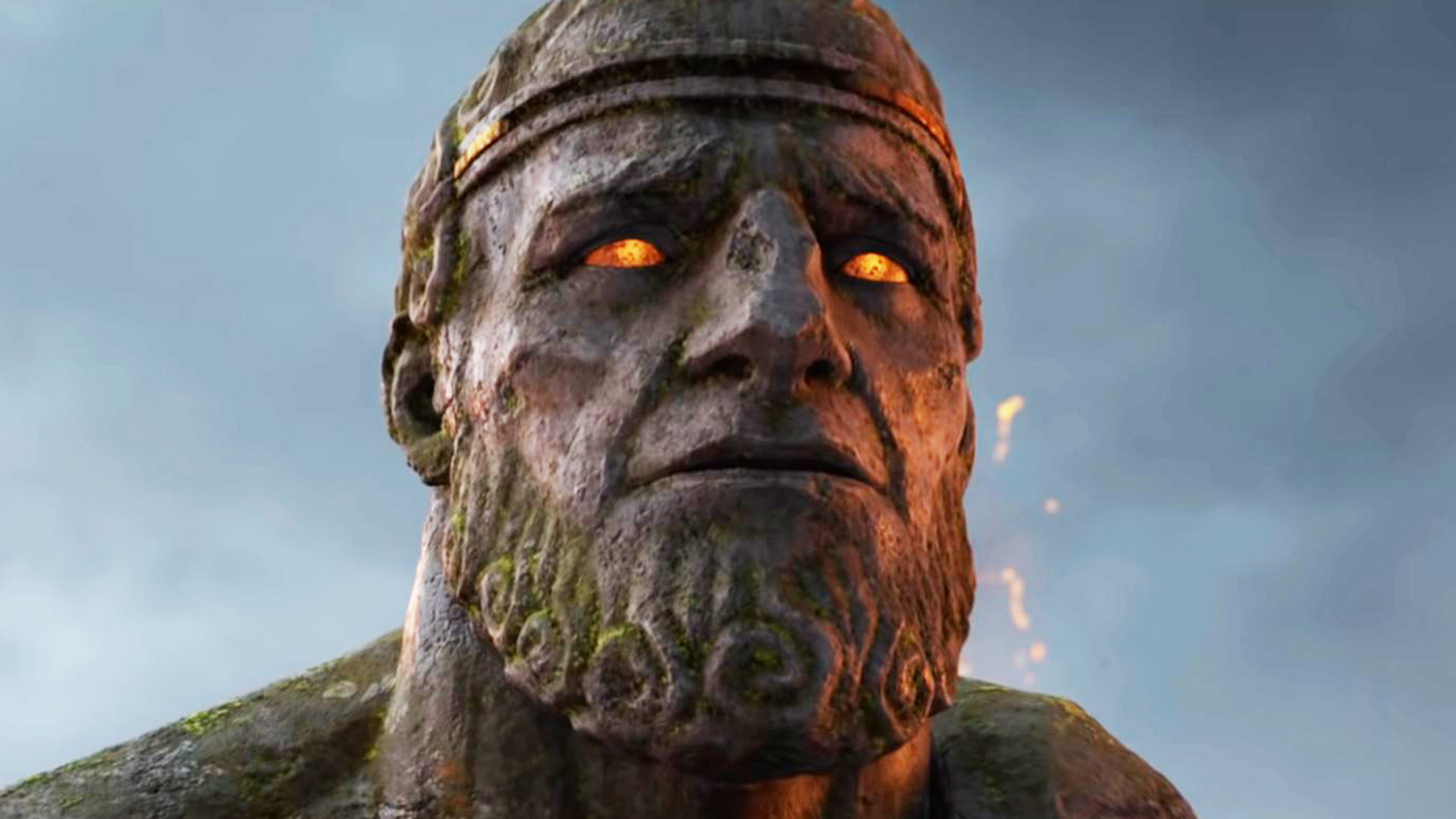It's about time World of Warcraft scales back its cosmic drama
The MMO's latest expansion is its best opportunity to dial everything down.
World of Warcraft: Dragonflight debuted with the least ambitious cinematic in the game's 18-year history. Much of its screen time focuses on an unfamiliar stone figure, a Watcher, who flips a big, glowing switch to bring the dragons back. WoW celebrities like Thrall and Sylvanas don't show up, and there's no narration that ties everything into the game's catastrophic, and fraught, ongoing storyline. It's disconnected from most of what's been going on for the last several years. It's sort of like a reboot, but it also tugs on story threads that have been left hanging for years. WoW might finally have a way out of its ridiculously high stakes storytelling.
Previous expansions have tried to deliver way more than they reasonably could. Legion had all of Azeroth under siege by demons. Battle For Azeroth was an expansion about a faction leader committing genocide in service of a higher power. And then stakes in Shadowlands were outright cosmic, toying with life and death and the fate of the world. It's the Marvel movie problem: Every new story puts the entire universe in peril and it's hard to dial it down from that. As someone who dropped off playing WoW regularly right before its first attempt at a global disaster in Cataclysm, it's been hard to follow who the big bad is and how far up the chain of command we have to go to find the real culprit.

As WoW's fantasy universe expanded, so did its systems. Garrisons, personal bases of operations added in the Warlords of Draenor expansion, were a compelling idea, but their lack of both customization and presence within the world didn't align with the self-expression that, for a lot of people, is the point of WoW. Artifact weapons had a similar problem. When everyone is running around with legendary weapons, they don't feel so legendary. They were supposed to be the few things that the players could never hope to wield themselves. Later, in Battle For Azeroth, island expeditions gave you a way to invade and loot parts of the world that you really had no right to set foot on, all in the name of gaining more and more power to combat god-like threats. None of these features were failures, but by trying to keep up with the story, their ambition clouded their practicality, especially when their usefulness fizzled out as the expansions concluded.
WoW lacks the contrast needed to make its procession of massive conflicts and massive events actually feel massive.
Final Fantasy 14: Endwalker pulled the focus of its story way out to a cosmic scale and showed us why the entire planet was worth saving. Endwalker struggles with its scope just like much of the recent WoW expansions, and there are parts of its near 50-hour runtime that can't quite keep up the pace of what is essentially an extinction event. But what separates it from WoW's current predicament is that Final Fantasy 14 takes a minute to cool down after each major release. You frequently get stories that zoom in on characters dealing with the fallout of the big events you took part in, and sometimes those stories demonstrate how, despite being deemed a hero, you haven't solved every problem.
WoW lacks the contrast needed to make its procession of massive conflicts and massive events actually feel massive. This week's Dragonflight announcement suggests that could change, though. A single cinematic isn't enough to calm all my worries, but features like retro-style talent trees, crafting gear, and the UI changes shift the focus back on the ways you engage with familiar parts of the game instead of shoving all the work into one huge new feature that will be left behind come the next expansion. It's a good sign, at least.
WoW isn't the most influential MMO around anymore, and that's OK. It's still a game that has its own style. Even as a regular FF14 player, every second I'm in a raid casting slow heals on allies, I can't help but want WoW's rhythmic class design at my fingertips again. Blizzard's so-called "class fantasy" is thrown around a lot and has been used to explain truly baffling redesigns of certain classes over the years, but no other game makes playing a genre about pressing 15 buttons to make your little guy throw a fireball feel so satisfying. And the only way to get back to that, to underline why WoW has remained popular all this time, is to dig back down to its roots.
Keep up to date with the most important stories and the best deals, as picked by the PC Gamer team.
Tyler has covered videogames and PC hardware for 15 years. He regularly spends time playing and reporting on games like Diablo 4, Elden Ring, Overwatch 2, and Final Fantasy 14. While his specialty is in action RPGs and MMOs, he's driven to cover all sorts of games whether they're broken, beautiful, or bizarre.

